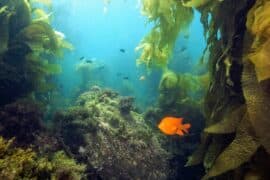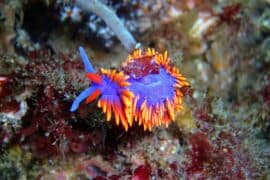Pronghorn
(Antilocapra americana)

Description
The pronghorn(Antilocapra americana) is a species of artiodactyl (even-toed, hoofed) mammal indigenous to interior western and central North America. Though not an antelope, it is known colloquially in North America as the American antelope, prong buck, pronghorn antelope, prairie antelope, or simply antelope because it closely resembles the antelopes of the Old World and fills a similar ecological niche due to parallel evolution. It is the only surviving member of the family Antilocapridae. During the Pleistocene epoch, about 11 other antilocaprid species existed in North America. Three other genera (Capromeryx, Stockoceros and Tetrameryx existed when humans entered North America but are now extinct. As a member of the superfamily Giraffoidea, the pronghorn's closest living relatives are the giraffe and okapi. The Giraffoidea are in turn members of the infraorder Pecora, making pronghorns more distant relatives of the Cervidae (deer) and Bovidae (cattle, goats, sheep, antelopes, and gazelles), among others. The pronghorn is the fastest land mammal in the Western Hemisphere, with running speeds of up to 55 miles per hour (89 km/h). It is the symbol of the American Society of Mammalogists. Each horn of the pronghorn is composed of a slender, laterally flattened blade of bone which is thought to grow from the frontal bones of the skull, or from the subcutaneous tissues of the scalp, forming a permanent core. As in the Giraffidae, skin covers the bony cores, but in the pronghorn, it develops into a keratinous sheath which is shed and regrown annually. Unlike the horns of the family Bovidae, the horn sheaths of the pronghorn are branched, each sheath having a forward-pointing tine (hence the name pronghorn). Males have a horn sheath about 12.5–43 cm (4.9–16.9 in) (average 25 cm (9.8 in)) long with a prong. Females have smaller horns that range from 2.5–15.2 cm (1–6 in) (average 12 centimetres (4.7 in)) and sometimes barely visible; they are straight and very rarely pronged. Males are further differentiated from females in having a small patch of black hair at the angle of the mandible. Pronghorns have a distinct, musky odor. Males mark territory with a preorbital scent gland which is on the sides of the head. They also have very large eyes with a 320° field of vision. Unlike deer, pronghorns possess a gallbladder.
Taxonomic tree:







